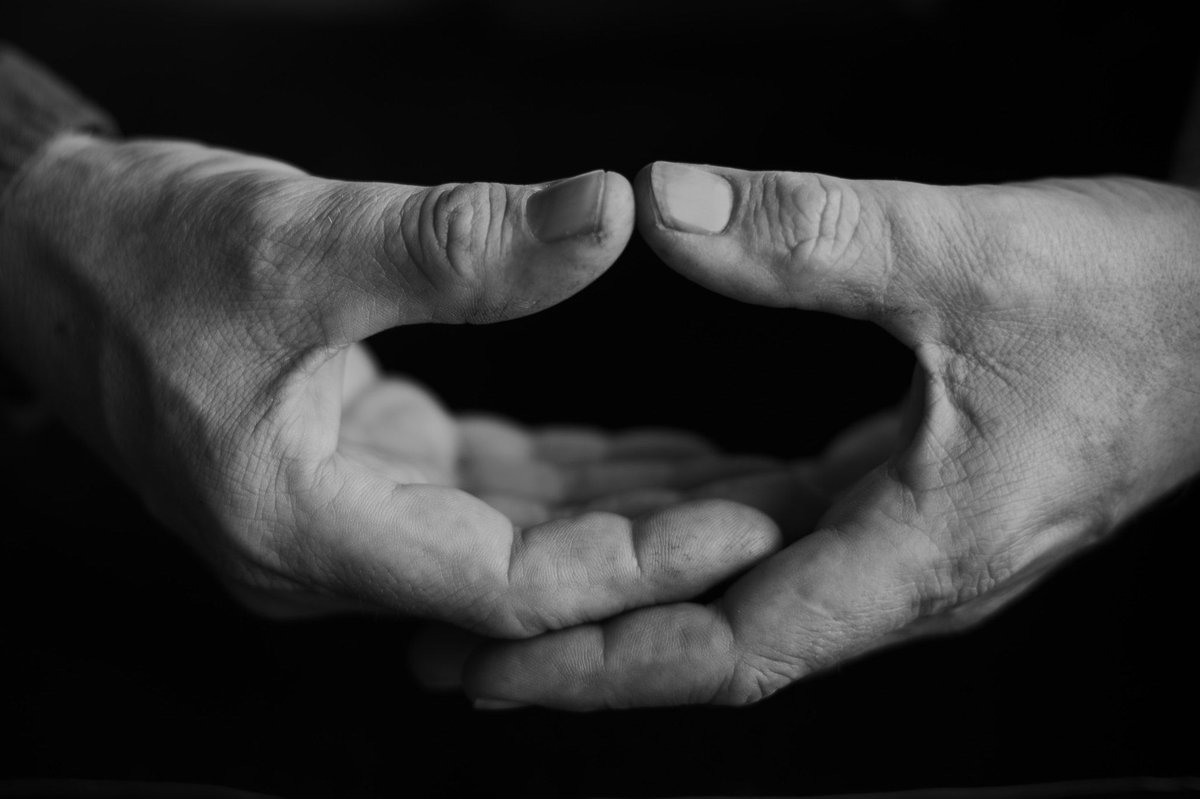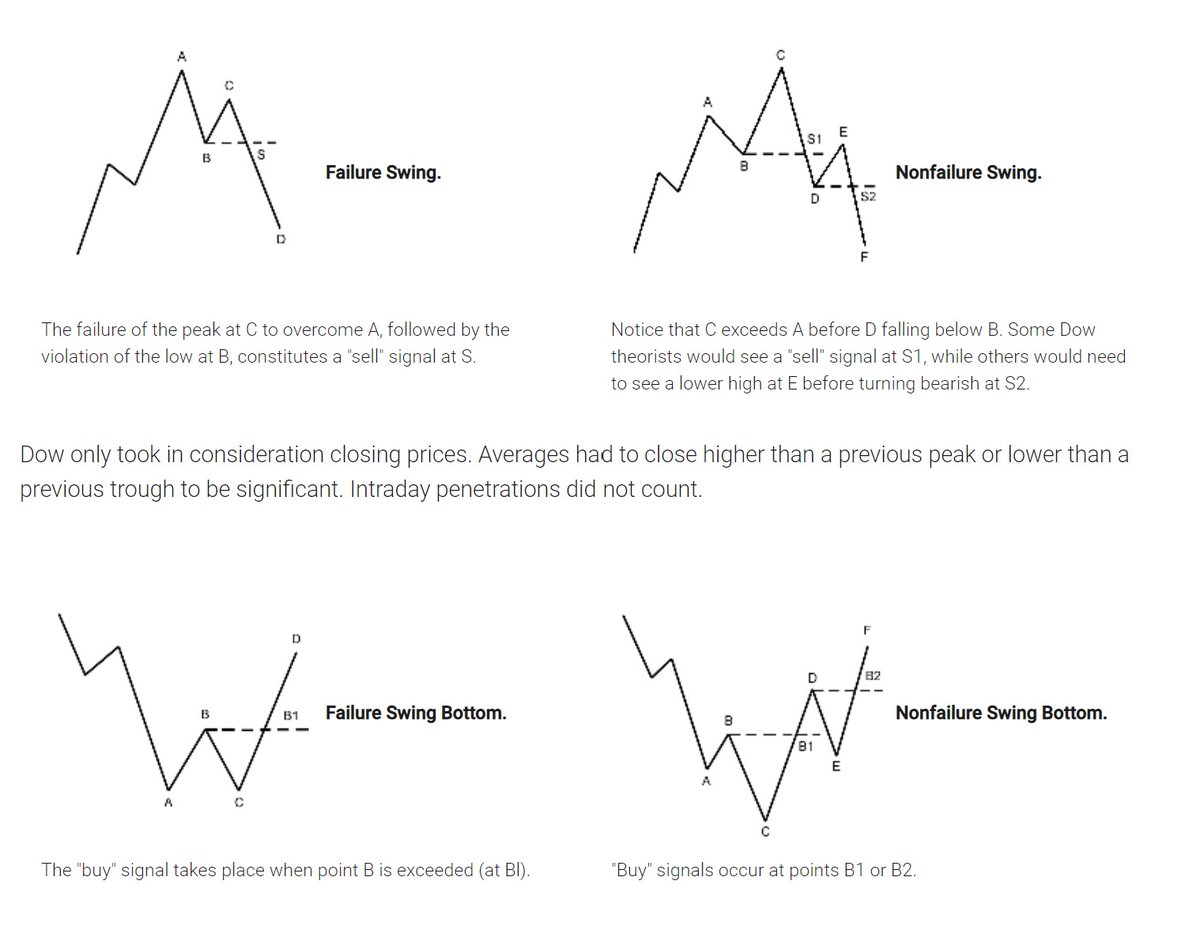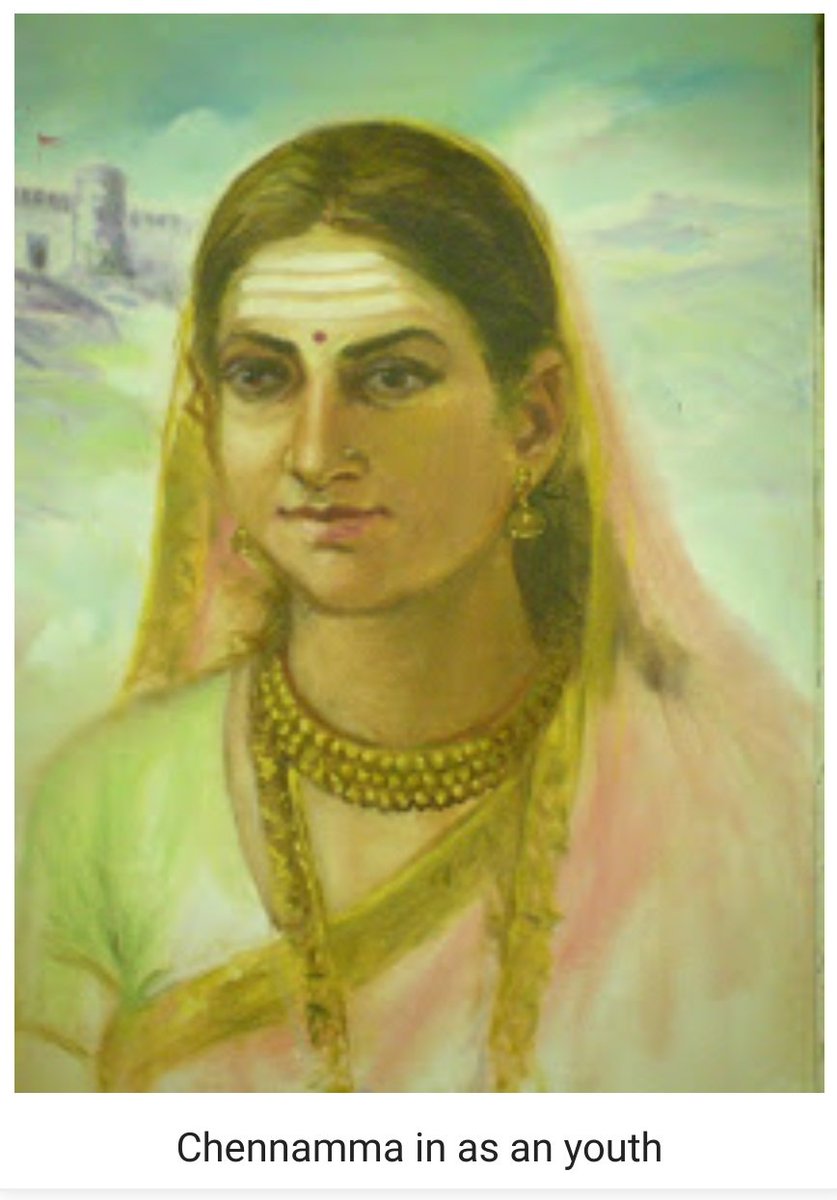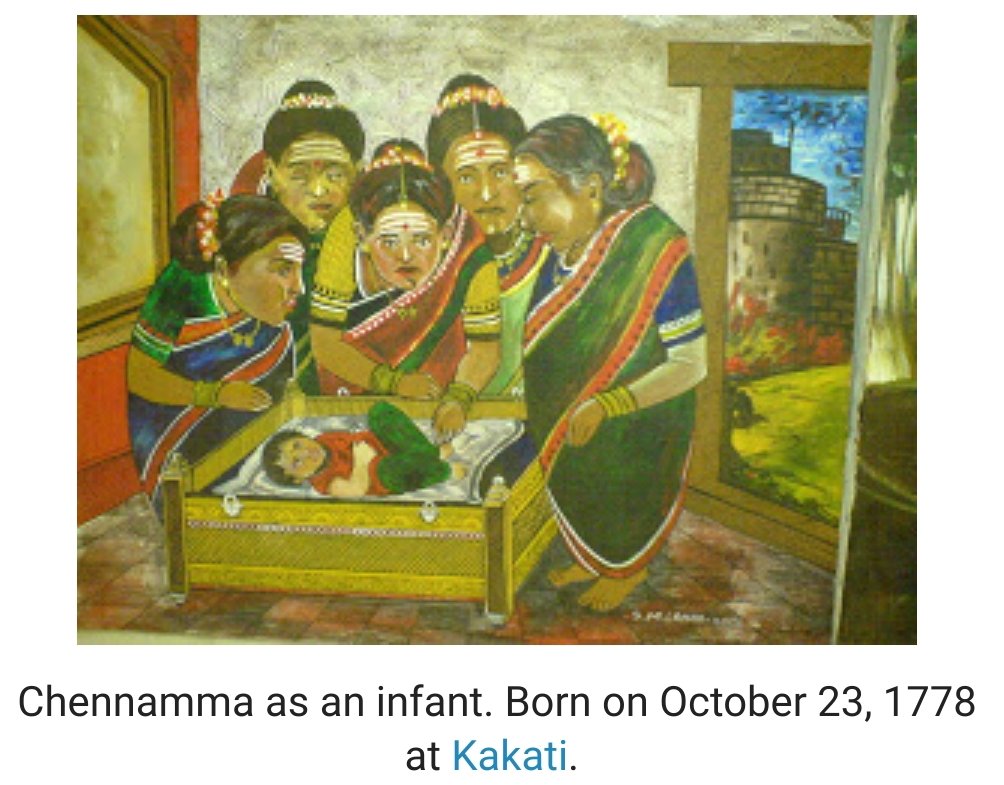Did you know -
That your right hand is connected to your left side brain, and your left hand is connected to your right side brain?
There are circuit pathways in your body that transfer electrical signals and sensations. You are quite literally, an electrical being.
Your finger tips are very important terminals. Specific hand mudras can help;
- Attract grace & blessings.
- Manage stress & emotions.
- Heighten spiritual & physical powers.
Each finger on either hand represents and activates specific elements that can be used to restore balance to your being;
The thumb represents fire.
The index represents air.
The middle finger represents ether.
The ring finger represents earth.
The pinky represents water.
1) Gyan Mudra:
This mudra opens up the third eye - which will make you wiser, clairvoyant and insightful. It is also known as the psychic gesture of consciousness.
2) Buddhi Mudra:
This mudra opens up the throat chakra, allowing you to express yourself honestly, fearlessly and intuitively.
3) Anjali Mudra:
This mudra balances the feminine and masculine energies. The pressure of the palms pressing against each other stimulates the pineal and pituitary glands which will create pleasant sensations of love and compassion in your heart.
4) Hakini Mudra: This mudra increases calmness, creativity & concentration. As you use this mudra, you'll gain control and mastery over your thoughts and emotions.
5) Dhyana Mudra: This mudra helps eliminate stress, allowing you to fall into deeper states of meditation. It also purifies your aura and emotional body. Place the right hand (which represents the spiritual dimension), on top of the left palm (which represents illusion).
Most people are completely clueless. They don't know how powerful their mind is, or how to maintain their body so that it's always at its most optimal state.
There is more wisdom imbedded in your body than all the books in the world combined! Self-awareness is the key to unlocking this immeasurable safe of wisdom, is self-awareness.
"The path to self-discovery" will teach you how to build self-awareness. This is exactly what you need to make 2023 the best year of your life. It's 50% off for the next 24 hours. Check it out👇
https://t.co/ouHz2MX8z5












































